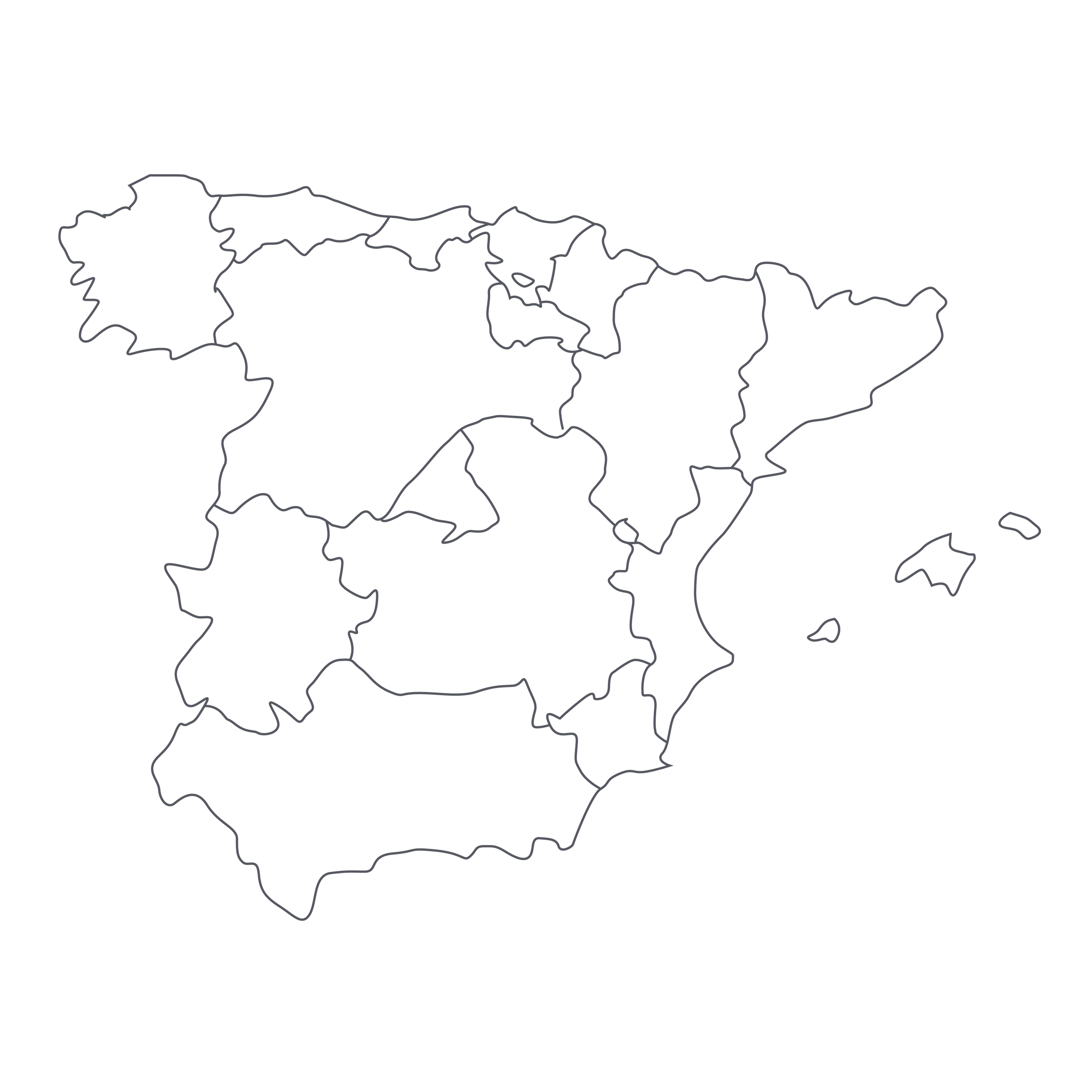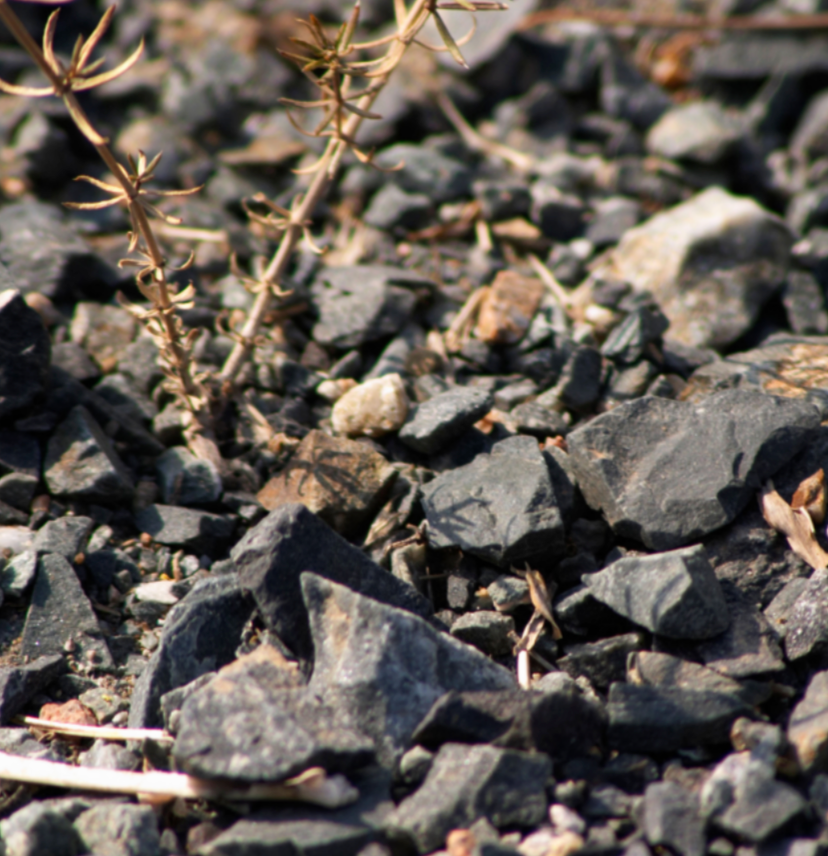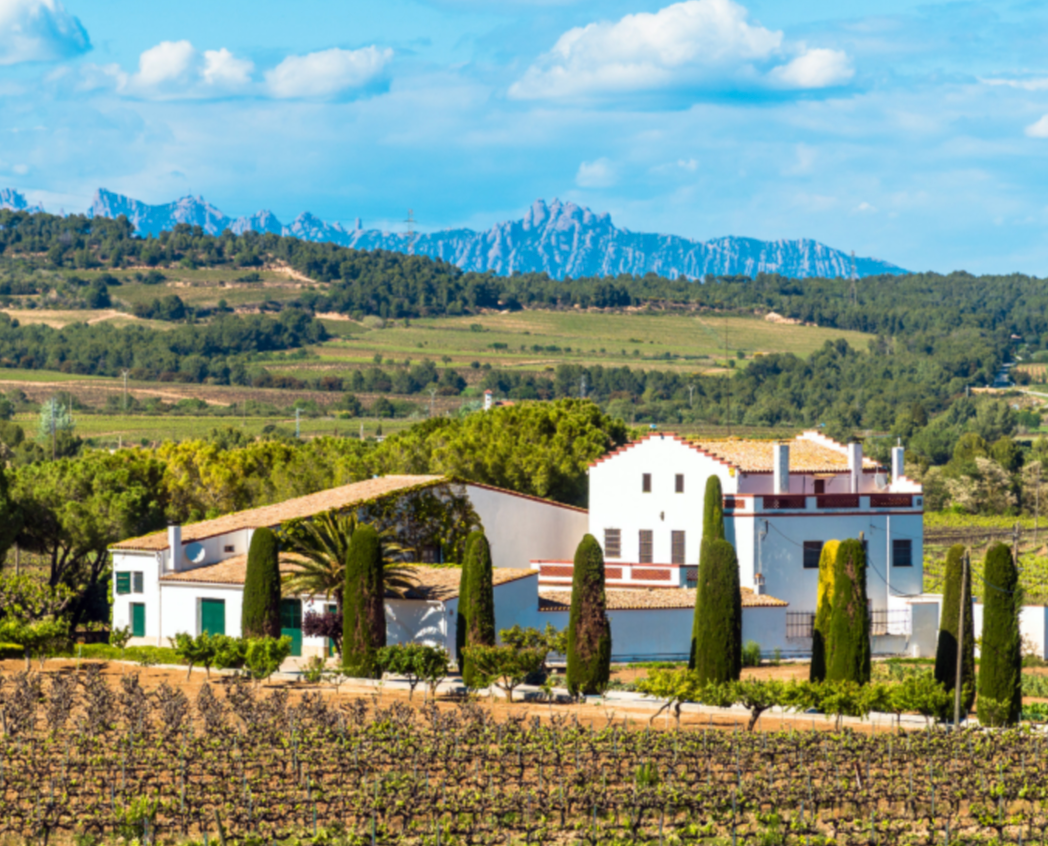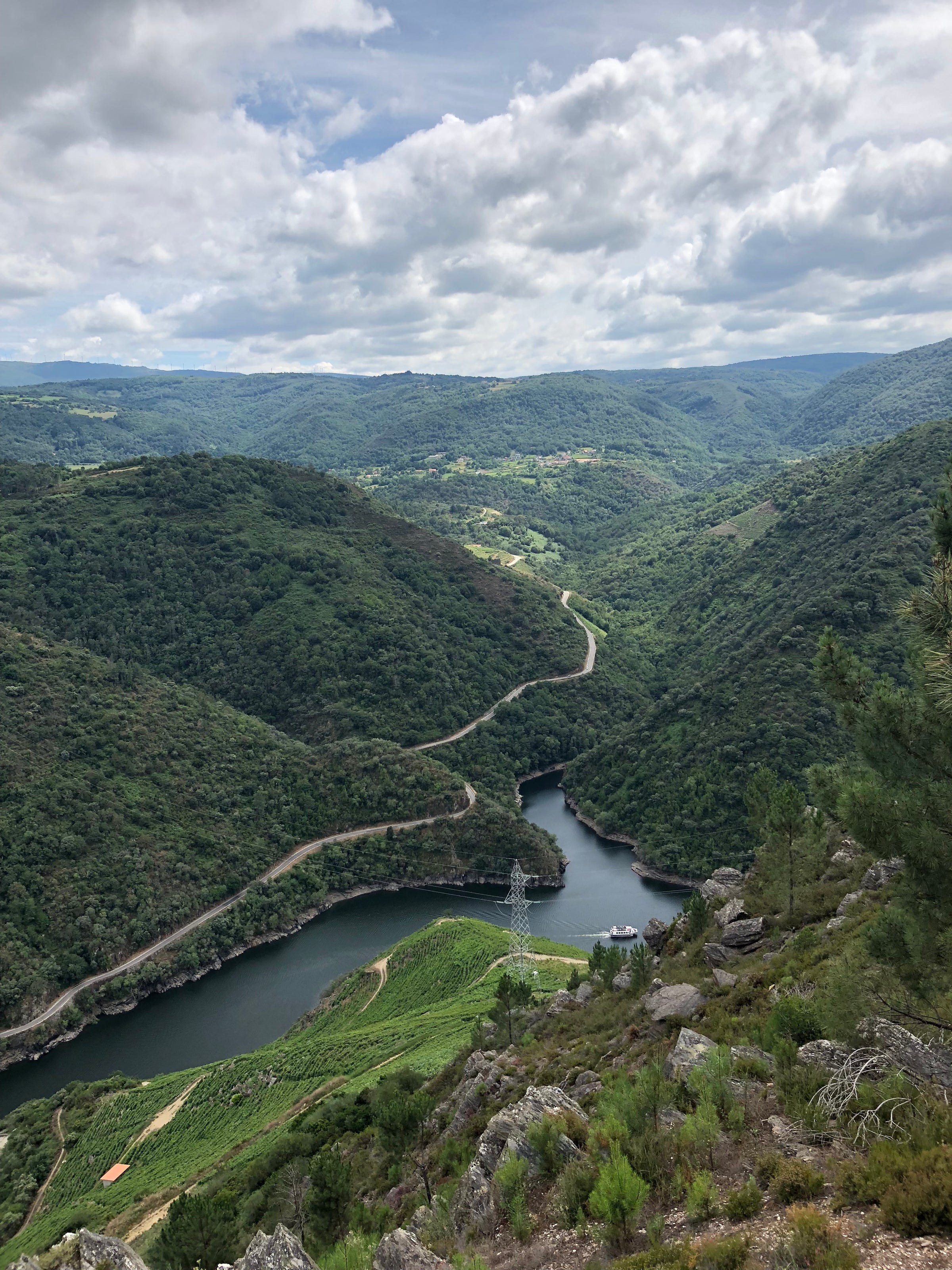Allow me to introduce today’s utterly distinct and fascinating volcanic red by recounting the serendipitous, true-to-life story behind it. I’m in the Canary Islands, March 2019. It’s well past midnight, and my colleague Mark and I are having dinner with the young legends that run cult label Envinate, who told us if we could only visit one up-and-coming superstar, it had to be Dolores Cabrera. They assured us that the vinous sorcery she extracted from her organic, 100+-year-old Listán Negro vines was a haunting, highly evocative, unforgettable experience.
We were sold, so they called her up and booked us a meeting two days out. Fast forward through quite a few bottles, and we’re now getting a cab back to our coastal AirBnB just outside of Valle de Orotava. “Guachinche.” The cab driver’s gravelly, baritone voice rattled the car. “What?” we asked. His English was rudimentary, so I dusted off my Spanish minor and tried to understand more. “Guachinche, you must go to guachinche.” “Is it a place? A restaurant? A winery?” “Sí,” he said. Every sentence ended with a big belly laugh or a smoker’s cough from the driver, followed by just how incredible guachinches were. And so, we spent the entirety of a bumpy, 40-minute cab ride confused, trying our best to break through the language barrier. When we exited the van, we were no closer to understanding the meaning of this cryptic word. We also didn’t have cash, so he gave us his cell number and told us to call him when we did...
Two days later, and after several phone calls to the cab driver went unanswered, we found ourselves shaking hands with Dolores Cabrera Fernández, a woman who’s clearly spent a lifetime outside in the vines. She exudes so much charisma, energy, and wisdom as she walks us out to the small barn out back and samples us through her vivid, intensely volcanic Listán Negro—a taste like no other. Turns out, it’s her birthday today, but she makes sure not to mention that until we’re nearly done with the tasting. We start apologizing profusely and offering to buy her lunch. She says no need, to join her instead, just up the mountain at her favorite guachinche.
“That word — guachinche!? What is it?” She laughs at our zealous intrigue and explains that they’re small eateries throughout the island serving up authentic homemade food and wine. So, we all piled into her car and puttered up a network of narrow dirt roads. We ate a wonderful spread of bites, drank some homegrown wine out of shiner bottles, and said our goodbyes. And then, fate struck: While walking out, we crossed through a number of patrons and noticed a rumbling, baritone voice coming from a portly man on a bench. I stopped and looked at Mark. “No way.” I asked the man if he was a cab driver. “Sí.” I asked if he remembered us. He took a long drag off a stubby cigarette, pulled down his sunglasses, and then erupted with a grin the size of the Atlantic. “Guachinche!” he roared. We paid the man, thanked the man, and went on our merry way. And that, my friends, is the wild story of how we came to know and love the wines of Dolores Cabrera.
With centenarian-and-older organic vines clinging to the northern slope of the world’s third-largest active volcano, Pico del Teide, it’s no stretch of the truth to say that Dolores Cabrera Fernández is the custodian of some of the world’s most historic and exotic vines. Where exactly are we? A Spanish territory, located far off the coast of Morocco. More specifically, in Valle de la Orotava, of Tenerife, the largest island of the Canarias, where she has spent the entirety of her adult life farming. For quite some time, her crop went to larger producers, even to Envinate as well, but since 2014 she has taken up the responsibility of producing her very own wines. And the world is blessed to have them:
“This is a woman making wines so truly distinctive that we can imagine the mythical gods resting in their afterlife, sipping on Listán Negro and gazing out over the vast sea with the imposing Pico de Teide in the background,” says her importer.
Her 100+-year-old Listán Negro—an indigenous, truly unique grape that is believed to have no genetic relationship to any other on the planet—are trained in the traditional (to the Canary Islands)
Cordón Trenzado method, wherein the “arms” of the grapevine are fashioned into long, winding braids that stretch out for dozens of feet. Dolores farms them organically and meticulously, and only employes women during harvest as she believes they have more of a delicate touch (no argument there!). In the winery, the grapes are entirely de-stemmed and fermentation occurs in stainless steel. The juice is separated from the skins with an ancient horizontal press and the wine ages for six months in neutral Burgundy barrels before bottling without fining. Only a minimal amount of sulfur is used.
If this is your first bottle of Listán Negro, prepare yourself for one of the most unique wine experiences on earth. A single bottle of this high-quality, old vine red will make it so you can identify it in a blind tasting for the rest of your life. I firmly believe if you have one bottle today and then went 25 years until tasting another, you’d immediately identify it as Canary Islands Listán Negro. It has the finesse of fine Burgundy and the smoky/pepper/earthy qualities of Northern Rhône, but it’s in a distinct class of its own. The standout for me is a fine, underlying white pepper component that enhances the bright red/black fruit, charred violet and rose, crushed volcanic stone, dried herbs, iron, and a touch of meat. Although medium-bodied and impressively elegant, “La Araucaria” Tinto is powerfully mineral and leaves a deeply embedded volcanic footprint. It’s a wild ride that requires your attention and patience: Allow at least 30 minutes in a decanter to help ease its nerves, and serve in Burgundy stems around 60 degrees. Other than that, slowly savor this inimitable bottle from one of the world’s most far-flung volcanic terroirs. Cheers!







